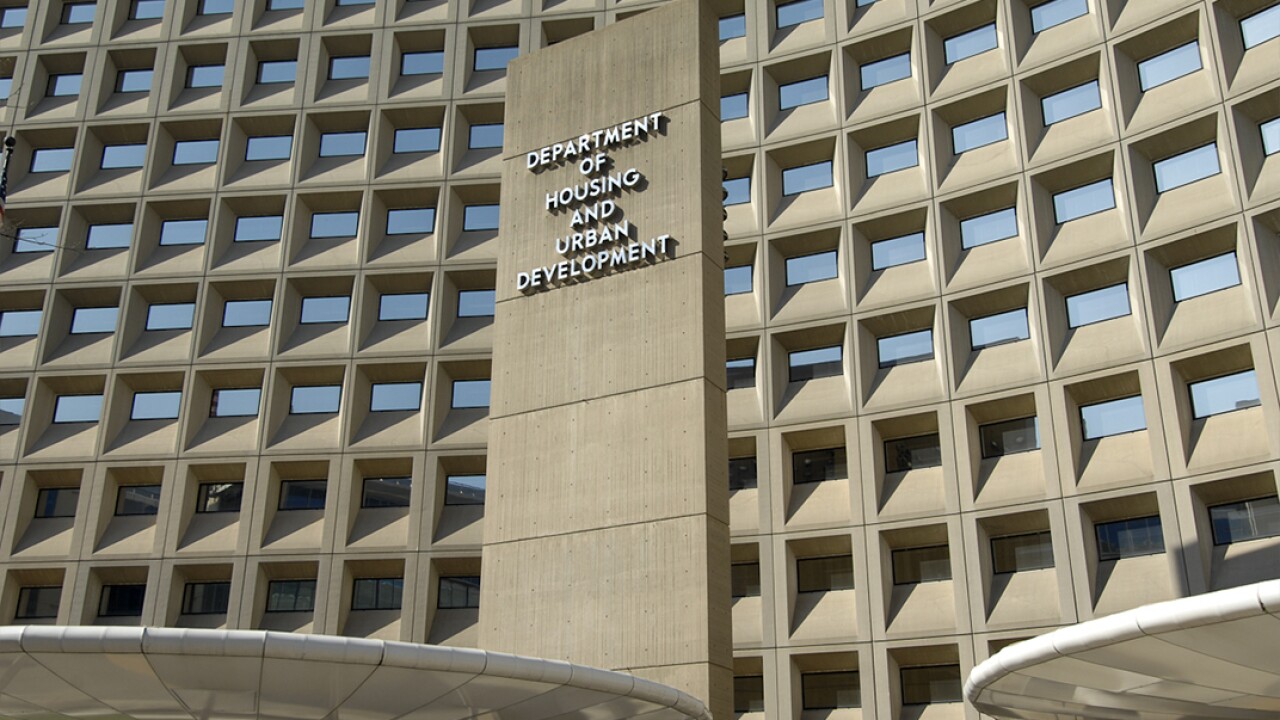
The Consumer Financial Protection Bureau is seeking feedback on whether it needs to change its rules that determine when lenders must resubmit Home Mortgage Disclosure Act reports.
The CFPB
Some lenders have asked whether the bureau would adjust its so-called resubmission guidelines — which determine whether a lender has to resubmit data because of errors found in a sample — to better reflect the expanded HMDA data requirements.
"We are seeking feedback from stakeholders on how best to ensure the accuracy and reliability of mortgage lending information," CFPB Director Richard Cordray said in a press release Thursday.
The CFPB said it is looking specifically at how it should calculate so-called "resubmission-error thresholds," which typically are set, acceptable error rates for a sample of loans above which lenders must correct and resubmit their data.
Lenders, of course, would prefer that the thresholds are set as high as possible, which would allow for more mistakes and a lower likelihood that they would have to restate data. Resubmitting data is expensive and is largely considered by lenders to be punitive.
The CFPB
The questions engage lenders to consider whether systemic errors should be treated differently, and if any omission of data automatically requires a correction and resubmission. The CFPB also wants lenders to comment on what kinds of errors might be allowable in the HMDA data but still go uncorrected.
Lenders must provide a wide range of data including property values, terms of loans and introductory interest rates associated with every home loan application they receive.
The agency already provided resubmission guidelines as part of its HMDA examination procedures. Its willingness to accept more feedback from lenders indicates that the previous guidelines could be subject to change.
The CFPB had already set an acceptable error rate at less than 10% for institutions with fewer than 100,000 HMDA entries. For institutions with more than 100,000 HMDA entries, the acceptable error rate was set at below 4% of a sample of entries overall.
Of course, the CFPB can require lower error rates in a single HMDA data field if inaccurate data prevents the agency from being able to analyze an institution's overall lending.
The bureau also wants to know whether the error thresholds should vary with the size of a lender's HMDA submission or with the kind of data, and what consequences there might be for exceeding an error threshold. The CFPB wants to reduce data errors overall so it is also asking for feedback on technological changes that might improve accuracy in the data editing and collection process.
Warren Traiger, a banking lawyer at BuckleySandler, said the CFPB is willing to hear the industry's arguments about what error thresholds "don't make sense."
"It's pretty clear that the bureau wants to send a message that data integrity is essential," he said. "If the data from which you're assessing fair-lending performance is inaccurate, then the analysis is inaccurate. They want to provide incentives to get the HMDA data right."
Ahead of the CFPB taking over the collection of lenders' HMDA submissions from the Federal Financial Institutions Examination Council, the bureau is developing a Web-based tool that will analyze HMDA files prior to formal submission so lenders can identify and correct errors faster.
Last year, the CFPB said it was developing a Web-based tool that will analyze HMDA files prior to formal submission so lenders can





